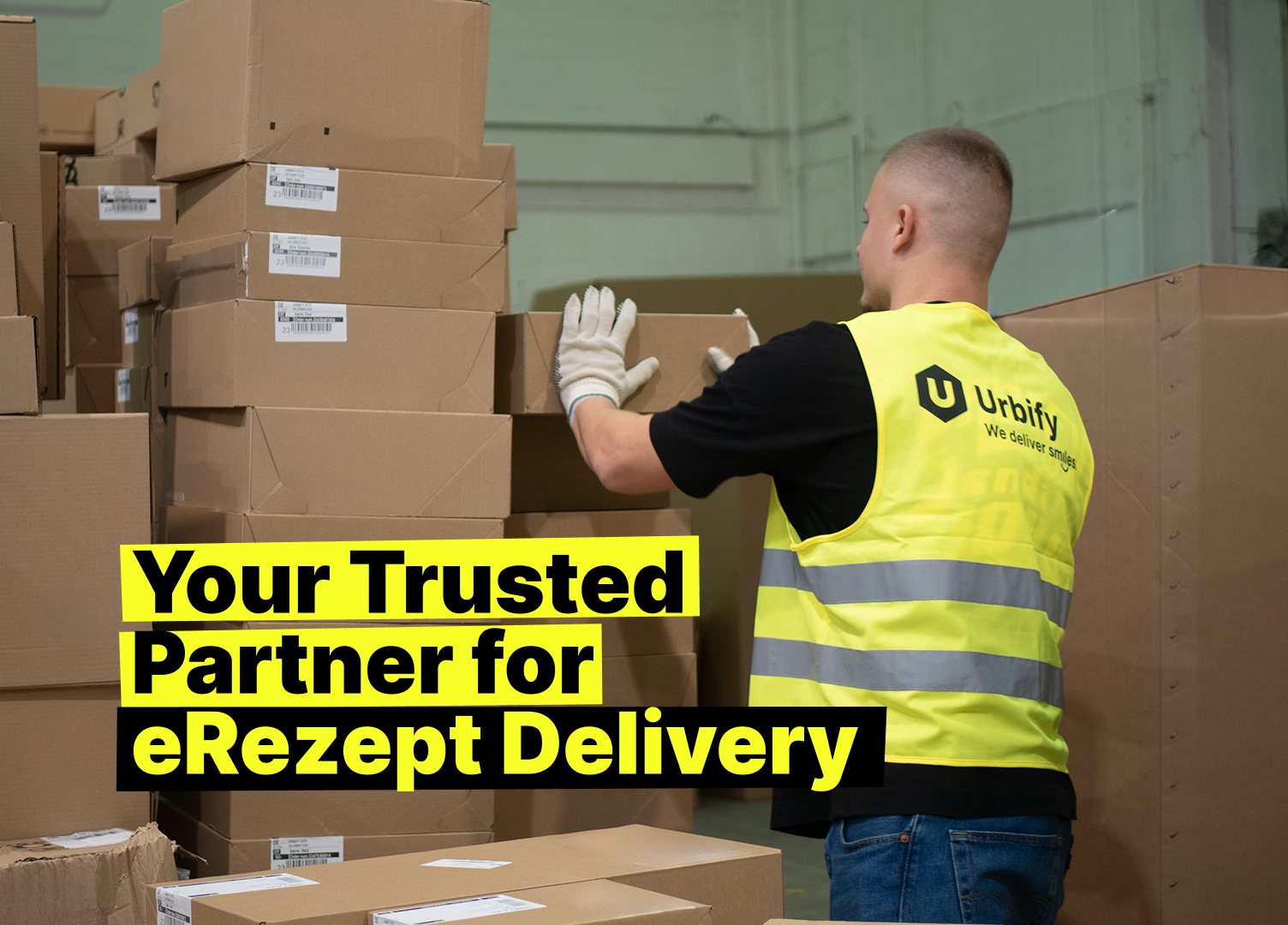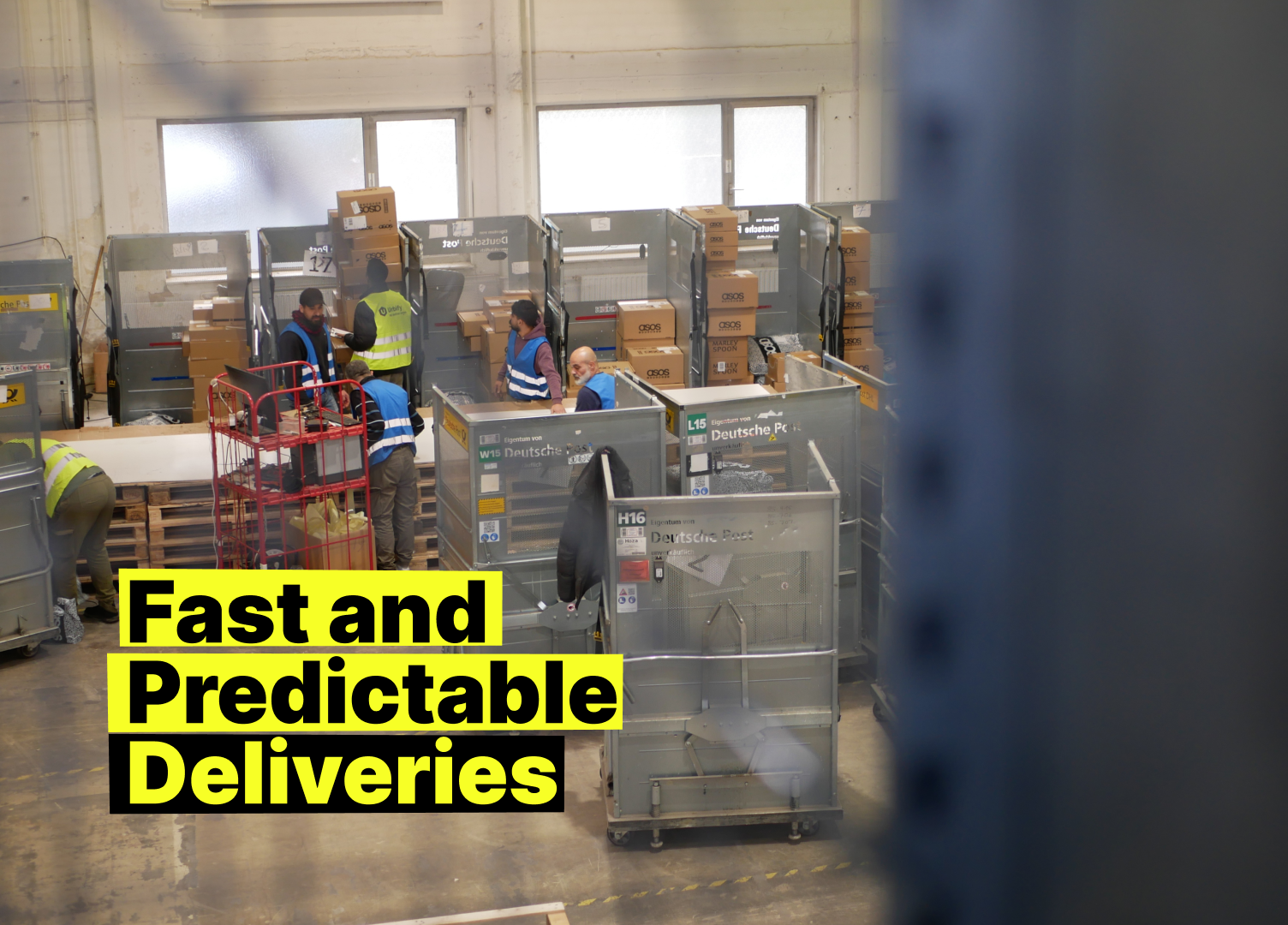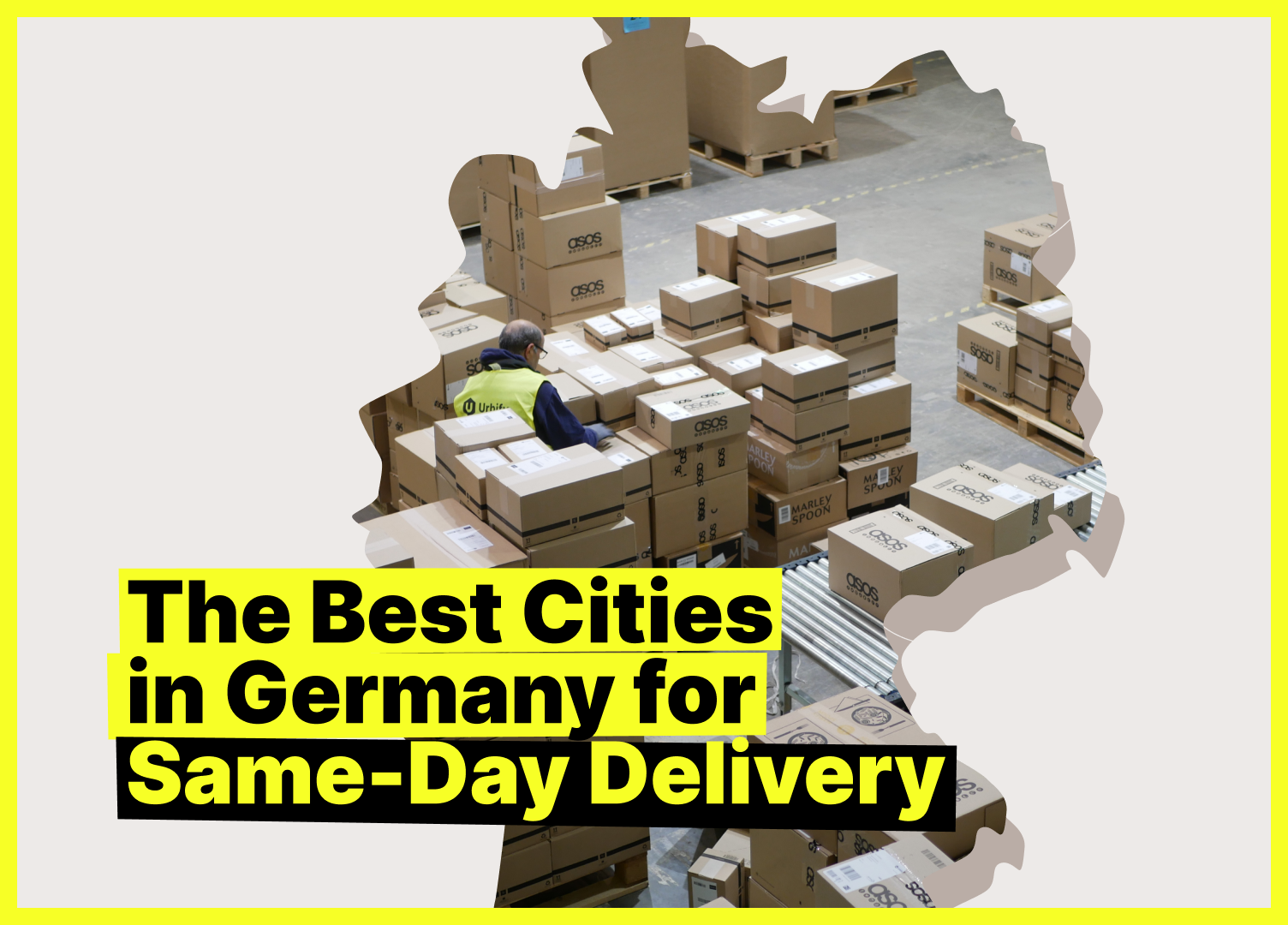If you sell chilled or frozen products, delivery is part of your brand. Customers expect fresh sushi that tastes like it just left the kitchen, gelato that arrives spoon-ready, and meal kits that move from box to fridge without a safety risk. Making that experience repeatable takes more than a cool box. It takes the right temperature targets, packaging that actually holds, time-tight operations, and traceability from hand-off to doorstep. That is exactly where Urbify focuses: smarter planning, tighter control, and a customer experience that feels effortless.
Below is a practical, no-nonsense guide to Same Day and Next Day perishable delivery that reflects what we run every day in last-mile cold chain.
1. Know your temperature targets
Cold chain is a spectrum. The industry typically uses these bands:
- Controlled room temperature: 20–25 °C
- Refrigerated: 2–8 °C
- Chilled food in retail logistics often targets 0–4 °C
- Frozen: −18 °C or colder
Hitting the right band is only half the job. You also need to maintain it consistently through transport and handover. EU food hygiene law requires food businesses to keep the cold chain intact and to apply HACCP-based procedures across production, distribution, and delivery. That legal baseline protects your customers and your brand.
What this means for you
Set a product-level temperature target, not a generic “cold.” For example, fresh fish needs close control near 0–2 °C, while frozen desserts must stay at or below −18 °C. Document these targets and make them visible to your packing and delivery teams. The consistency is what prevents spoilage.
2. Package for the journey, not the warehouse
Great delivery starts with the box. Your packaging needs to buffer heat, lock in the right temperature range, and survive real-world handling.
Core components
- Insulation: EPS foam, rigid coolers, or high-performance liners reduce heat gain during transit. Size matters. A snug fit limits air exchange and slows warming.
- Refrigerants:
- Gel packs keep items in the refrigerated or chilled band.
- Dry ice is appropriate for products that must stay frozen.
- Regular ice is a poor option because it melts and can create leaks.
- Void fill: Eliminate empty space and place refrigerants close to the product. For dry ice, cold air sinks, so positioning above the product is effective.
- Breathability for dry ice: Never seal dry-ice packages airtight. Venting is required so carbon dioxide can safely dissipate.
- Clear labeling: Mark “Perishable,” add handling instructions, and include sender and recipient details to avoid delays.
Practical ratios
As a simple starting point, allocate more refrigerant for longer transit times, higher outside temperatures, and less-dense products. Run a small validation: pack a test box with a temperature logger, simulate transit time, and check the curve. This small experiment often saves entire shipments.
3. Build the plan around time
Perishables do not forgive missed windows. Your operational plan must treat time as a design constraint.
- Tight cut-offs: Align order cut-offs with the time your team needs for picking, packing, pre-cooling, and handover.
- Route design: Prioritize shortest dwell time for cold freight. Combine AI-assisted route planning with ground reality from drivers to avoid heat traps like extended elevator waits or construction zones.
- Narrow delivery slots: One-hour windows reduce doorstep time and keep thermal exposure minimal.
- Rapid exception handling: If a recipient is unavailable, you need an instant decision tree: alternate time, alternate location, or bring back to cold storage. The worst outcome is a box warming on a doorstep.
At Urbify, we stack these controls into the workflow: AI-driven tour planning, real-time tracking, and proactive ETA updates so recipients are ready. That keeps the cold chain short and predictable.
4. Monitor, document, and prove it
A well-packed box can still drift if something goes off script. Monitoring turns guesswork into evidence.
- Temperature logging: Use data loggers or IoT sensors for high-risk SKUs or first-time lanes. Store the trace with the order record.
- Handover verification: PIN-code delivery and photo proof confirm that the parcel reached the right person at the right time.
- HACCP alignment: Identify hazards like prolonged exposure during loading, set critical limits like 8 °C for chilled or −18 °C for frozen, monitor at those points, and define corrective actions. EU rules expect this level of control, and it is also good business hygiene.
5. EU compliance quick check
Cold chain in Europe is grounded in clear obligations:
- Maintain the cold chain for foods that cannot be stored safely at ambient temperature.
- Meet product-specific temperature requirements where applicable.
- Apply HACCP-based procedures and retain records across your operation.
If you use dry ice for air segments, follow dangerous goods rules and labeling norms. There are strict packaging and quantity requirements, and packages must permit the release of carbon dioxide. If you are unsure, check the current rules before you ship.
6. Same Day vs Next Day: choose the right service
Same Day works well for premium grocery drops, restaurant-grade ingredients, and urgent replacement orders. The thermal risk is lower because time in transit is shorter. One-hour delivery windows and live tracking help recipients receive on the first attempt.
Next Day suits planned weekly boxes, bakery items, and frozen goods with validated packaging. The key is repeatability. Pack to hold temperature through the carrier linehaul and morning delivery wave, not just warehouse departure.
Many European grocery programs ship at 0–4 °C for chilled products and offer Next Day delivery when validated packaging and rapid handovers are in place. That pairing can be reliable when the process is tight.
7. How Urbify approaches temperature-sensitive delivery
Urbify exists to make last-mile logistics feel simple without cutting corners on safety or sustainability.
- Customer-centricity: One-hour delivery windows, proactive SMS updates, and PIN-code delivery reduce missed handovers and keep boxes out of the sun.
- Tech-driven innovation: Our in-house platform plans tours with live traffic and micro-time windows, then monitors progress in real time so operations can intervene early.
- Reliability: Cold-chain compliant processes and documented handovers turn first-time deliveries into repeatable wins.
- Sustainability: We scale electric vans and minimize returns through better recipient coordination. Fewer failed attempts means less waste and a shorter emissions footprint.
- Team culture and collaboration: Couriers, planners, and support teams operate as one unit. We work with your warehouse and packing teams to validate packaging before we scale volume.
- Growth mindset: We iterate routes, packaging, and handover scripts based on data. Small changes compound into stronger on-time performance and tighter temperature control.
Coverage across Germany and Austria, plus options for vehicle branding and dedicated support lines, round out the playbook for brands that want a premium customer experience.
8. A simple checklist you can use this week
- Classify SKUs by temperature band and set firm targets.
- Validate packaging with a test shipment and a temperature logger.
- Define cut-offs, routes, and delivery windows that fit your product’s thermal profile.
- Brief your team on handling, loading, and venting rules for refrigerants.
- Label clearly with “Perishable” and special handling notes.
- Add monitoring for higher-risk items or new lanes.
- Document your HACCP steps and keep the records tidy.
Temperature standards and expectations continue to sharpen in European logistics. Cold chain guidance emphasizes controlled ranges such as 2–8 °C for refrigerated items and −18 °C for frozen goods, with documentation and traceability becoming the norm rather than the exception. For vendors using dry ice, current rules require vented packaging and clear labeling to keep shipments safe for couriers and customers. These details sound small, yet they create the difference between a five-star unboxing and a costly return.
Takeaway
Safe delivery of cold items is a system. Set precise temperature targets, package to those targets, design routes around time, and monitor what matters. When you do that consistently, customer trust rises, waste drops, and the brand grows. Urbify builds the last-mile layer that connects your cold room to your customer’s fridge with accuracy and care.
Planning a Same Day or Next Day perishable program or looking to improve your current setup? Tell us your temperature targets and delivery windows. We will validate packaging, align operations, and launch a pilot that proves the model. Let’s build a cold chain your customers can count on.











